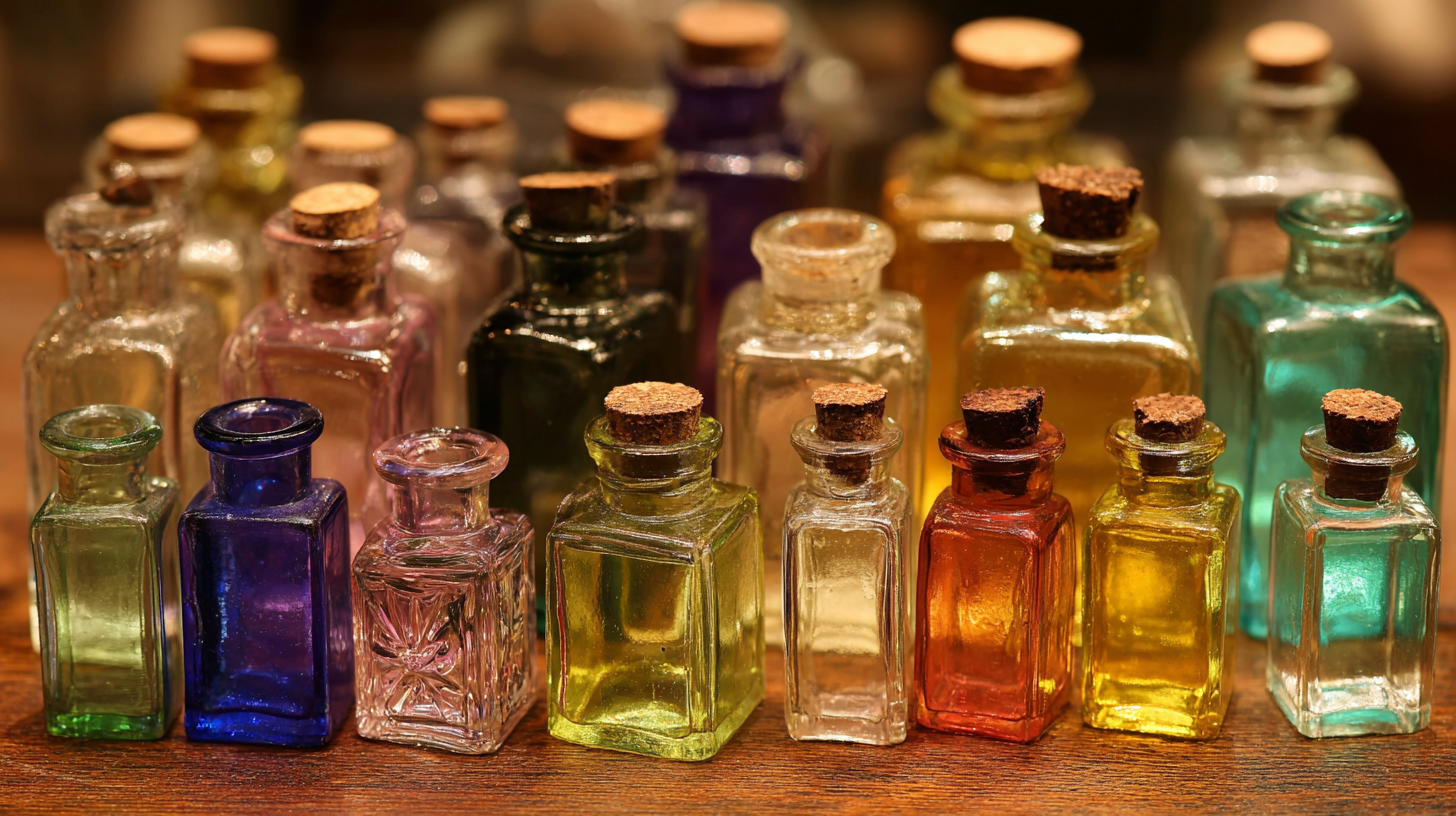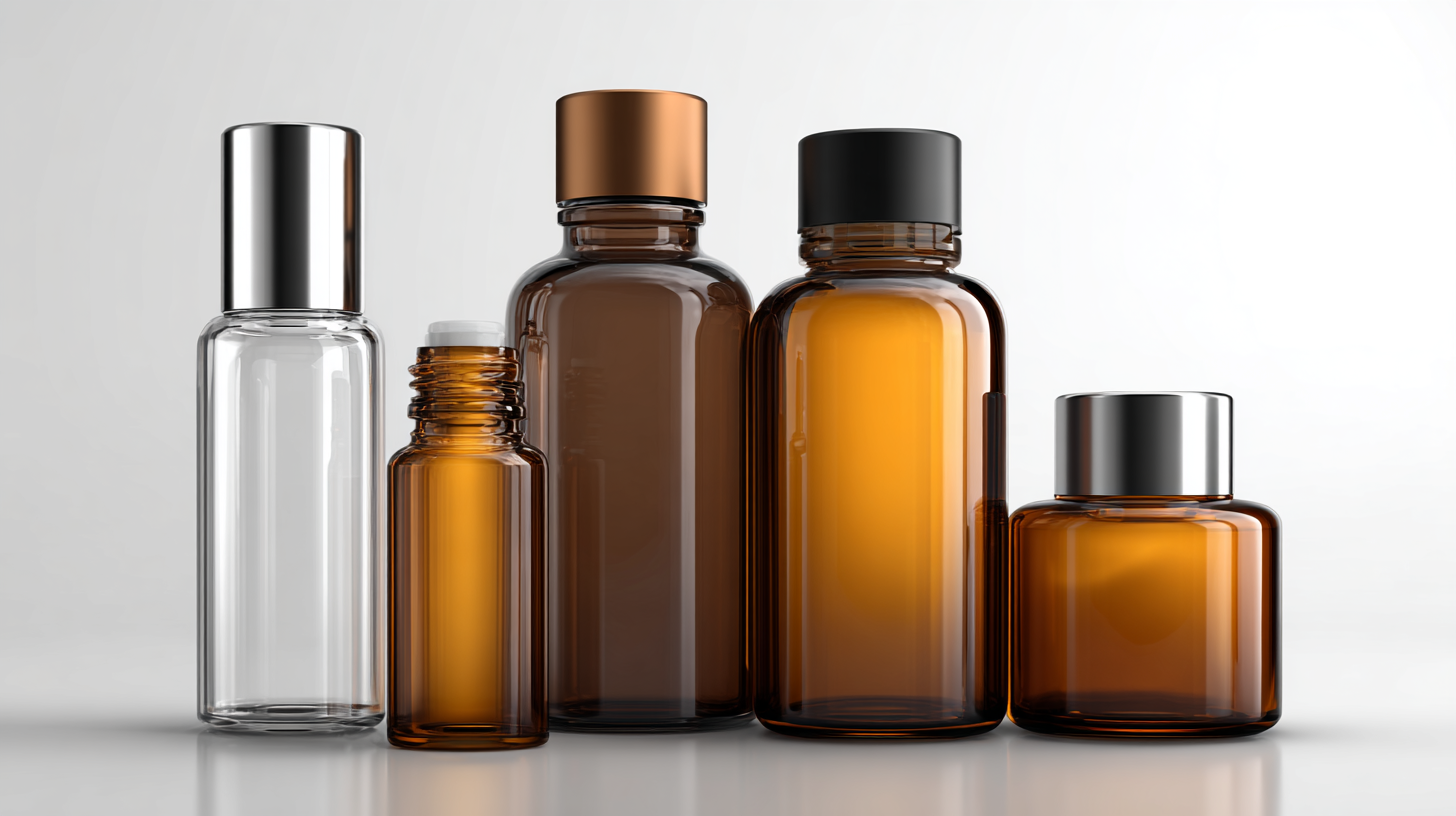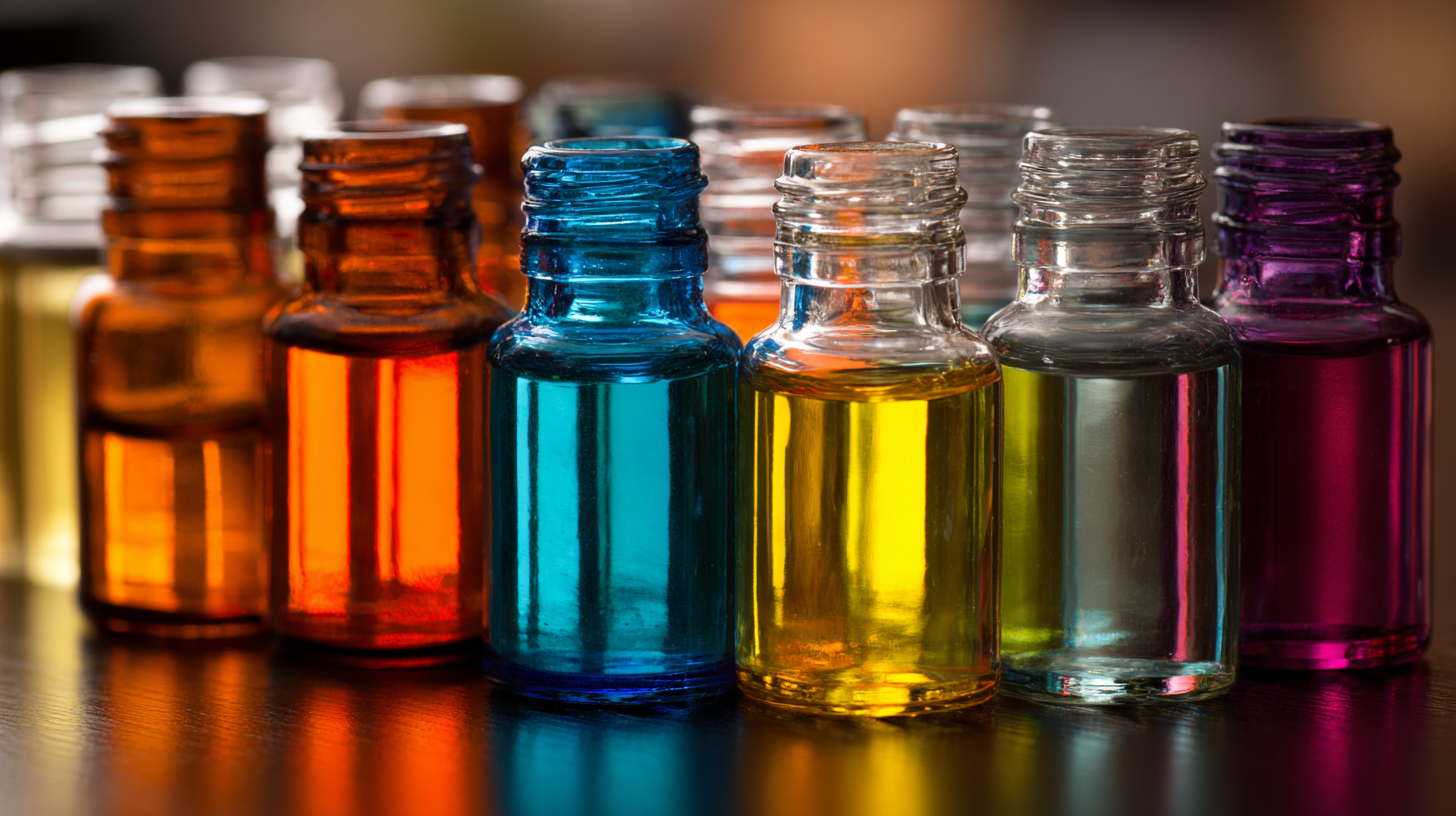
The Ultimate Guide to Choosing the Best Skin Bottles for Your Global Supply Needs
In today’s increasingly interconnected marketplace, the demand for efficient and reliable packaging solutions is more pressing than ever, particularly for global supply chains. One innovative solution that has gained considerable traction is Skin Bottles, which are renowned for their ability to enhance product shelf life while minimizing packaging waste. According to a recent study by Smithers Pira, the global skin pack market is projected to reach $4.47 billion by 2025, growing at a CAGR of 5.2% from 2020. This growth is driven by the rising preference for lighter and more efficient packaging options in various sectors, including food and cosmetics. As companies strive to meet consumer expectations for sustainability and performance, understanding the various types of Skin Bottles and their applications becomes crucial for making informed choices that align with global supply needs.

Understanding the Different Types of Skin Bottles Available on the Market
When it comes to selecting the right skin bottles for your global supply needs, understanding the various types available on the market is crucial. Skin bottles come in diverse shapes and sizes, each designed for specific applications. The most common types are standard skin bottles, which are primarily used for liquids, and specialized ones that cater to more demanding environments, such as chemical resistance or thermal insulation. Knowing your specific needs will help you choose the most suitable option for your operations.
Tip: Always check the material composition of the skin bottle. Materials like polyethylene or polypropylene are popular for their durability and chemical resistance, but ensure they align with the contents you'll be storing.
Another important factor to consider is the closure type. Some skin bottles come with screw tops, while others feature more secure closure systems. Depending on what you are transporting, you may require a closure that prevents spillage or contamination.
Tip: Test the bottle with your intended contents before full-scale use. This can help identify any compatibility issues and ensure you’re making a sound choice for your supply chain.

Key Factors to Consider When Choosing Skin Bottles for Global Supply
Choosing the right skin bottles for global supply needs involves several key factors that can significantly impact product delivery and customer satisfaction. When assessing potential packaging solutions, consider the type of product you are offering. For instance, creams may require jars that protect their texture, while lotions could be best suited to pump bottles that allow for easy dispensing. The choice of material also plays a crucial role in preserving the product's integrity; materials that provide a barrier against contamination are essential to maintain quality during transport.
Sustainability is another vital factor to consider. As the cosmetics industry moves towards eco-friendliness, selecting packaging that is recyclable or made from sustainable materials can enhance brand reputation and appeal to environmentally-conscious consumers. Additionally, the design and usability of the bottles, such as easy-to-open caps or ergonomic shapes, can influence consumer preference and overall market success. By carefully evaluating these considerations, brands can optimize their packaging choices to meet the demands of the global skincare market effectively.
Evaluating Quality and Safety Standards for Skin Bottle Suppliers
 When selecting skin bottles for your global supply needs, evaluating quality and safety standards is paramount. The skin bottle market is flooded with numerous suppliers, but not all adhere to the same quality benchmarks. It is essential to prioritize suppliers that comply with international safety regulations, such as ISO standards, to ensure that the products are safe for both consumers and the environment. Look for certifications that indicate rigorous testing and adherence to material safety, as these factors directly impact the durability and usability of the skin bottles.
When selecting skin bottles for your global supply needs, evaluating quality and safety standards is paramount. The skin bottle market is flooded with numerous suppliers, but not all adhere to the same quality benchmarks. It is essential to prioritize suppliers that comply with international safety regulations, such as ISO standards, to ensure that the products are safe for both consumers and the environment. Look for certifications that indicate rigorous testing and adherence to material safety, as these factors directly impact the durability and usability of the skin bottles.
In addition to certifications, understanding the manufacturing processes used by potential suppliers can provide insights into their commitment to quality. Suppliers that utilize advanced technology and sustainable materials are often better equipped to maintain consistent quality control. Engaging in due diligence, such as requesting product samples and reviewing customer testimonials, can further assist in making informed choices. Ultimately, investing time in evaluating quality and safety standards will not only protect your brand reputation but also ensure that your customers receive the safest and highest quality products possible.
Tips for Sourcing Skin Bottles from Reliable Manufacturers Worldwide
When sourcing skin bottles for your global supply needs, reliability is paramount. Start by identifying manufacturers with a proven track record in quality and consistency. Look for companies that have positive reviews and testimonials from previous clients, as this is a good indicator of their reliability. Attending international trade shows and industry expos can also provide opportunities to meet potential suppliers face-to-face, enabling you to assess their capabilities firsthand.
Another important factor to consider is the manufacturer's compliance with international standards and regulations. Ensure that they have certifications that guarantee their products meet safety and quality criteria. Additionally, establish clear communication channels to discuss your specific requirements, including material preferences and design specifications. This transparency not only fosters trust but also helps in avoiding potential pitfalls in the sourcing process, ensuring that you receive skin bottles that perfectly match your needs.
Exploring Sustainable Options for Eco-Friendly Skin Bottle Solutions
Sustainable skin bottles are becoming essential in the global skincare market, which is projected to reach a staggering $115.65 billion in value by 2024. As consumers increasingly prioritize eco-friendly practices, brands must adapt by offering sustainable packaging solutions. This significant trend is not only about meeting consumer demand but also about contributing to a healthier planet.
When selecting skin bottles, consider materials that minimize environmental impact, such as biodegradable or recyclable options. Incorporating post-consumer recycled (PCR) content can also enhance sustainability. Additionally, explore refillable systems that encourage consumers to reuse rather than dispose, effectively reducing waste.
Moreover, brands should focus on optimizing their supply chains for sustainability. Sourcing materials locally can reduce carbon footprints and support the local economy. Keeping an eye on innovations in packaging technology, such as plant-based plastics, will also offer exciting opportunities for further sustainability. By embracing these eco-friendly practices, companies can not only thrive in a competitive market but also help pave the way for a cleaner, greener future.
The Ultimate Guide to Choosing the Best Skin Bottles for Your Global Supply Needs
In this chart, we explore the percentage of companies using various sustainable materials for their skin bottle solutions. This data highlights the trend towards eco-friendly options in the packaging industry.






